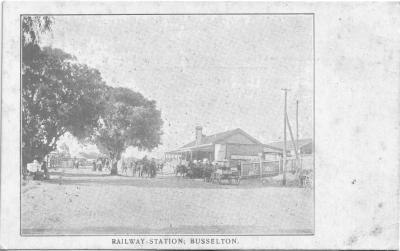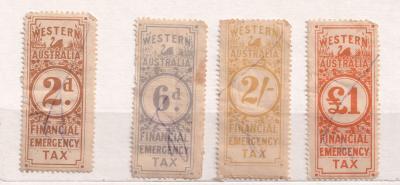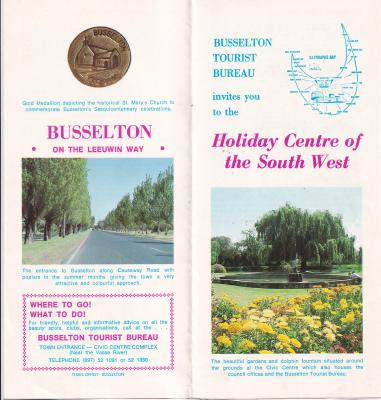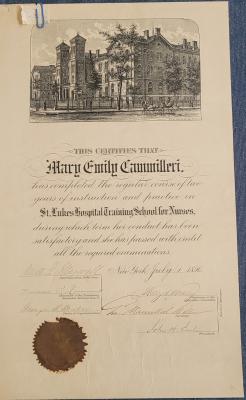Zither
c. 1878 - 1882This Zither has a dark wood (possibly rosewood) body with 5 fretted metal strings (1 missing) attached by metal string nuts and 26 unfretted metal strings attached by metal tuning pins. The strings run the full length of the body. The top edge of the zither has a gold inlay of some sort substance as do the sides of the instrument. The round sound hole at the centre of the instrument is bordered by an inlaid gold decorative pattern. The base has 3 small porcelain feet.
The earliest known surviving instrument of the zither family is a Chinese guqin, a fretless instrument, found in the tomb of Marquis Yi of Zeng, dating from 433 BC. Similar instruments along this design were developed over the following centuries, for example, the Japanese silk-strung koto; the siter of Indonesian gamelans; the qānūn (or kanun) of Greece and the Middle East; the valiha, a tube zither of Madagascar; and many others. Increasing interest in "world music" has brought wider recognition to these other zither family members, both ancient and modern. Many of these instruments have been sampled electronically and are available in instrument banks for music synthesizers.
Details
Details
There are no markings on the instrument to give any indication of the maker.
Any stringed musical instrument whose strings are the same length as its soundboard is considered a zither. It may have from 29 to 38 gut or metal strings, with 34 or 35 being most typical. These are arranged as follows: four or five fretted melody strings, placed above a guitar-like fretboard; 12 unfretted "accompaniment" strings; followed by 12 unfretted "bass" strings; followed by a varying number of "contrabass" strings, with five or six being the most common number.
Zithers can be played in many ways which include plucking, strumming or beating with a special hammer. The Zither uses its body as a sound box but has no neck. Zithers became popular when the theme to the "The Third Man", played by Anton Karas, topped the charts in 1950.
Related Objects
Related Objects
More items like this
Other items from Busselton Historical Society
- Violin
- "Stainer" Violin
- Postcard - Railway Station, Busselton
- Busselton Brass Band - Bass Drum
- Western Australia Duty & Tax Stamps Collection
- Tourism Brochures - Busselton
- Souvenir Ribbon - Busselton Bypass 2000
- Certificates - Mary Cammilleri Wood
- Monarch Button Accordion
- Music Lyre
- Postcard - Queen Street, Busselton
- Zither Tuning Key
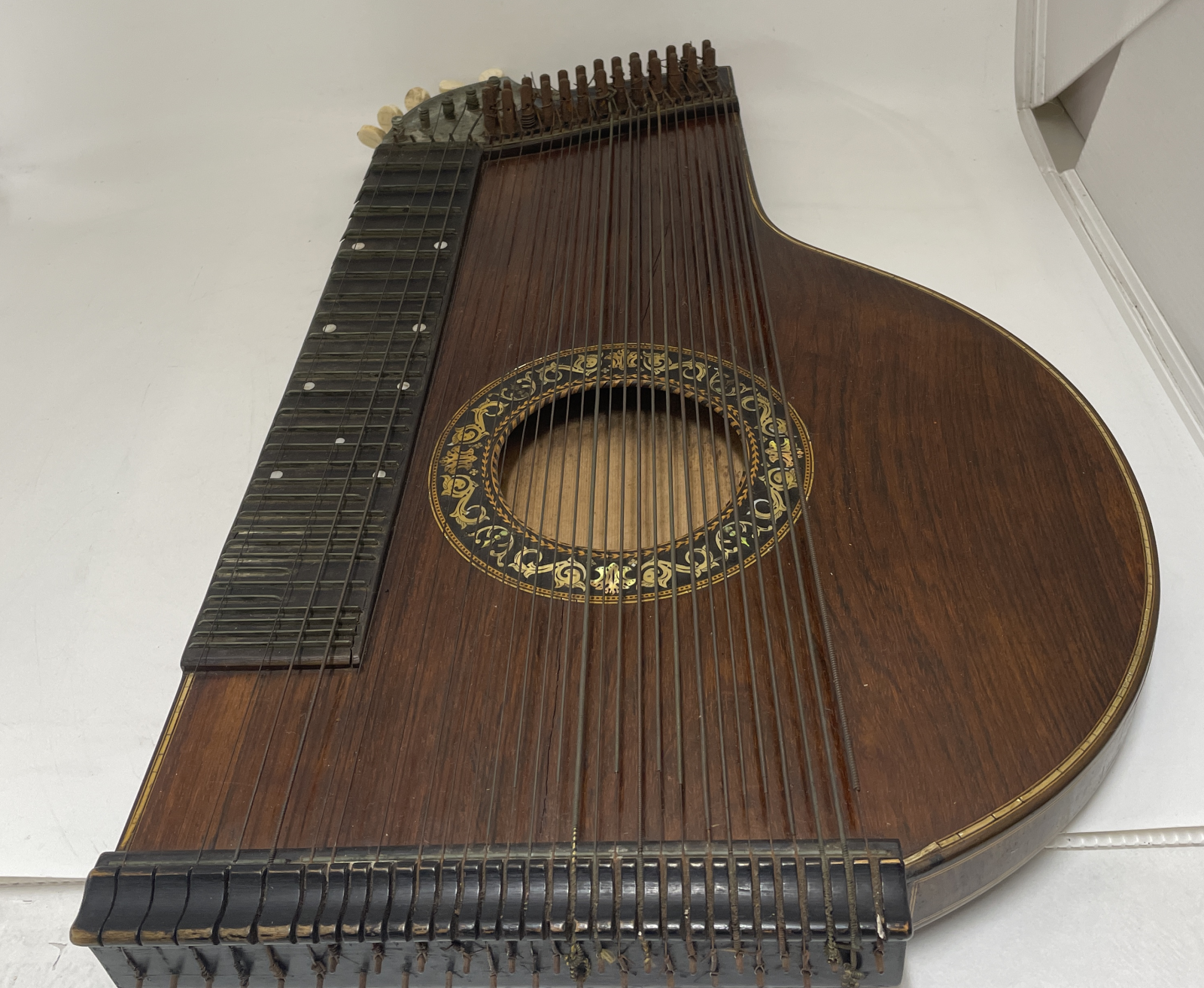
Scan this QR code to open this page on your phone ->

